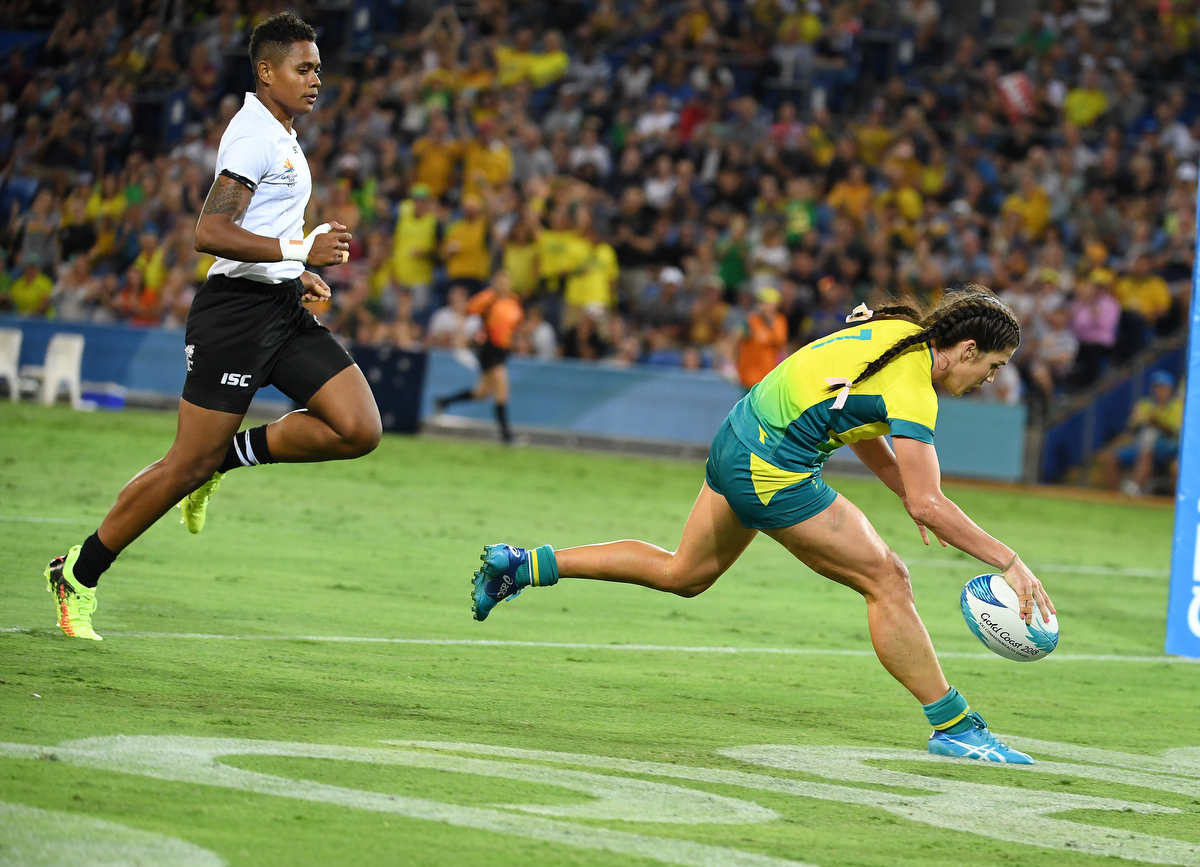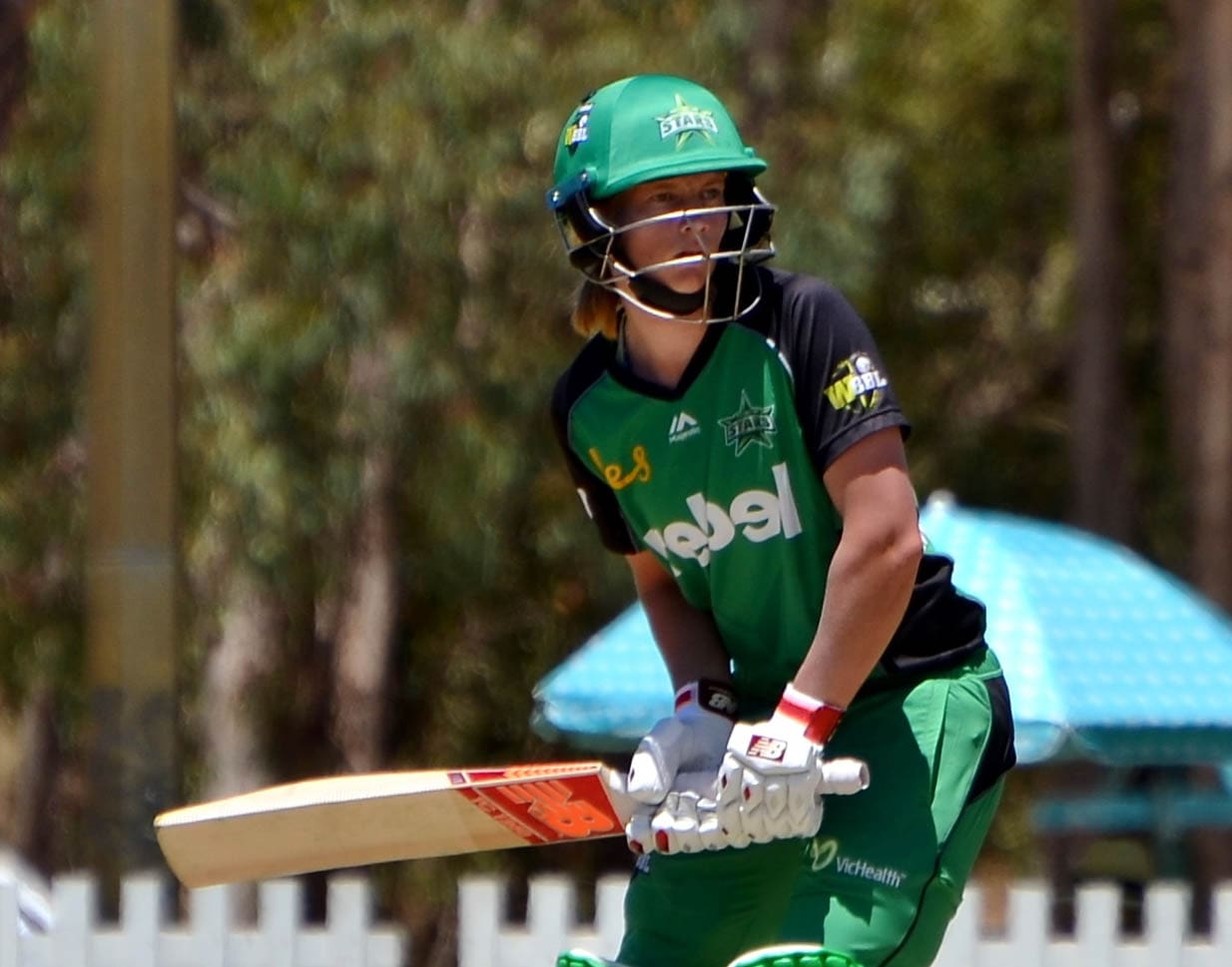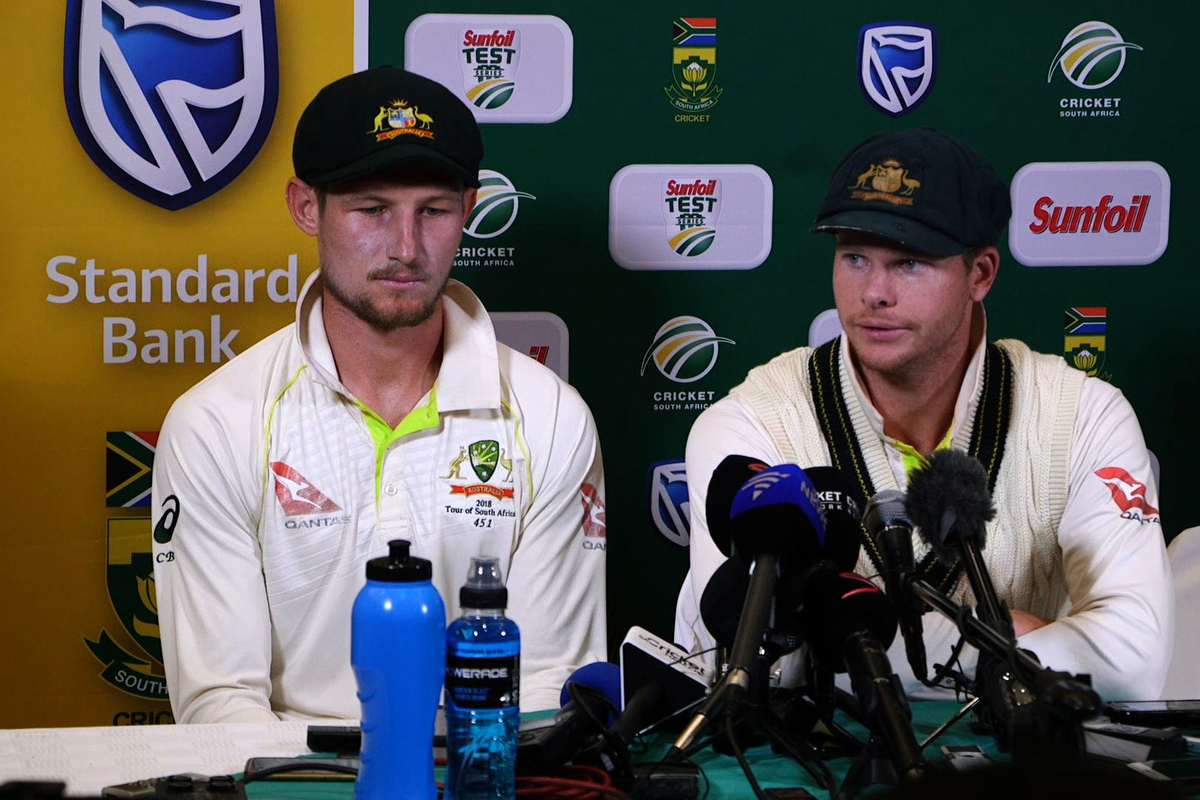WHILE our male cricketers are languishing, and our Wallabies can’t take a trick against the All Blacks, Australia’s sportswomen keep racking up the records. PETER MEARES pays tribute to the gritty girls:
WHEN THE first settlers came to Australia, men had to be tough to survive and their womenfolk were just as tough. This rugged country bred resourceful and independent women who had to overcome enormous hardships to raise families in the land “of droughts and flooding rains”. But at least our climate has allowed us to run, jump and swim all year round.
When it came to sport women took a long while to achieve recognition, in Australia as well as the rest of the world. The ancient Greeks were decidedly hostile towards any female involvement in their Olympic Games – any women found in the stadium were thrown off a cliff!
The father of the modern Olympics, Baron Pierre De Coubertin was of like mind – he didn’t want any female participation in the Games. However women were gradually admitted to the more genteel sports – tennis and croquet in 1900, archery in 1904, then gymnastics and swimming in 1912.
Fanny Durack and Mina Wylie won gold and silver respectively in the 100m freestyle and so began a tradition of excellence by Australian women at the Olympics. Dawn Fraser, Shane Gould, Susie O’Neill, Stephanie Rice, Cate Campbell, the list seems endless. In just over a century since Durack, Aussie women have made up only 30 per cent of team numbers, but won more than 40 per cent of our medals.
And it’s not just in swimming – think of a sport and you can nearly always name an Australian female world champion. Think Heather Mackay, the squash champion, arguably our greatest ever sportswoman. In a 21-year career, she lost only twice (very early on) and went unbeaten for 19 years. She then became, at the age of 40, world racquetball champion and, at 60, number 1 in the world for her age at tennis!
Speaking of tennis, the most prolific female winner of Grand Slam titles was Margaret Court. She won a total of 62 titles, including 24 singles crowns in a glittering 15-year reign. Dawn Fraser won the blue-ribbon event of Olympic swimming, the 100m freestyle, three times. Shane Gould in the Seventies held every world freestyle record from 100 to 1500m.
In athletics, Betty Cuthbert, with four Olympic gold medals, was the fastest woman in the world in the Fifties. Shirley Strickland laid a golden pathway for our women hurdlers, followed by Maureen Caird, Pam Kilborn, Debbie Flintoff-King, Jana Pittman and Sally Pearson.
Golfer Karrie Webb is still playing, having amassed 57 professional titles, including seven majors and 41 on the LPGA Tour, more than any other player.
Surfer Layne Beachley dominated the women’s tour for over a decade, winning seven world titles and is being hotly pursued by another Australian, Stephanie Gilmore, who has six.
Triathlon is a relatively modern sport but, in its brief history, has produced an assembly-line of Australian world champions – Emma Carney, Loretta Harrop, Michellie Jones, Jackie Gallagher and the two Emmas, Snowsill and Moffatt.
In horse racing Michelle Payne became the first woman to win the Melbourne Cup and trainer Gai Waterhouse has followed in the mighty footsteps of her father, T.J. Smith.
Anna Meares dominated sprint cycling for more than a decade, winning 11 world titles, two Olympic and five Commonwealth Games gold medals. Canoeist Jessica Fox is world and Olympic champion, single sculler Kim Crow is Olympic champion, as is Modern Pentathlete Chloe Esposito.
In team sports, Australian women have been just as outstanding. Our Hockeyroos have won three Olympic golds from the past six Games, four Commonwealth Games golds and two World Cups.
Our women’s national cricket team, the Southern Stars, is currently ranked number one in all three forms of the game. They’ve won the World Cup six times in 11 appearances and been T20 world champions three times.
Our national Netball team, the Diamonds, are undisputed world champions, having won the crown 11 times and the Commonwealth Games gold medal three times. Our women’s basketball team, the Opals, won the world title in 2006 and reached the final this year. Given the disparity in playing numbers, to lose to the US was no disgrace. Per capita, we’re the best in the world.

Rugby is a sport that’s dominated by New Zealand, but our Sevens girls upset the mighty Silver Ferns to win gold at the Rio Olympics in 2016 and we’ve won the World Tour twice. Soccer is the world game but our Matildas have risen as high as number four on the rankings last year. Star players like Sam Kerr and Lisa De Vanna are ranked with the world’s elite players, with Kerr sought by superclubs Chelsea and Barcelona.
In the driest continent on earth we somehow manage to excel at winter sports, with world-ranked champions like Alisa Camplin, Torah Bright and Lydia Lassila.
We’ve always had the talent but, until recently, women’s sport wasn’t able to dominate the headlines, earn lucrative sponsorship and get bums on seats. But that’s all changing. Why? Because our girls are winning and doing it with style and grace. They’re not only winning, they’re earning respect for their skill and courage.
Just for example, let’s look at women’s rugby sevens. It scarcely existed in Australia 10 years ago but, when the International Rugby Board decided to include men’s and women’s sevens in the Rio Olympics, a national recruitment drive began. Drawn by the lure of Olympic medals, talented athletes from touch football, beach sprinting and the other football codes came together. Under astute coach Tim Walsh they learnt the skills of this energy-sapping, highly physical sport. Within three years they overcame their fears, acquired the skills of passing, rucking, mauling and tackling and, miraculously beat the might of New Zealand in a spectacular final.
That gold medal performance was rated by Rugby League legend Wally Lewis as “the most skilful I’ve ever seen, men or women”. It also inspired a generation of young girls, wanting to emulate their heroes. Whilst the Wallabies struggle, the Pearls are the jewel in the crown of Australian Rugby.
I’ve always been of the view that women were not suited to the physical demands of football, but the advent of the WAFL and WNRL in recent times has changed my views. They’re as tough as they come, tackling fearlessly and never shirking fierce body contact.
And how about the Southern Stars? Our female cricketers have outstripped the men, earning the world number one ranking with aggressive batting, clever bowling and brilliant fielding. What’s missing is the hard edge of the men’s game, sledging and sly cheating. Through sheer skill and attractive play they’ve earned sponsorship, live television coverage and, finally, big crowds. North Sydney Oval was packed last season for the Test match against England and thousands of fans were treated to the first-ever Australian women’s double-century by Ellyse Perry.

Why are fans suddenly switching on to women’s sport? Well, for one thing, they’re winning. While our men’s cricket team is at its lowest ebb in years, our women are riding a wave of success. Alyssa Healy is now as watchable as her husband, opening bowler Mitchell Starc. Meg Lanning is the best batter in the women’s game and should be as famous as Steve Waugh by the end of this new-broadcast-deal summer. Our two best male players will be toiling away in Bangladesh or the Caribbean, serving a humiliating 12-month suspension from Test matches.
The bottom line is that sports fans are sick of scandals, fed up with highly-paid prima donna men behaving badly. Mothers don’t want their children growing up as foul-mouthed cheats who’ll take any short cut to winning. Fathers want their boys to grow into strong and honest men – and who better to teach them than the women!
PETER MEARES has covered sport on radio, TV and in print for 50 years. He’s the author of six published books on sport. His favourite sports are cricket, rugby union, rugby league, athletics, golf and tennis. His career has included Olympics, Commonwealth Games and a host of minor sports.



Discussion about this post